environment
GEMET keywords
Type of resources
Available actions
Topics
INSPIRE themes
Keywords
Contact for the resource
Provided by
Years
Formats
Representation types
Update frequencies
status
Scale
Resolution
-
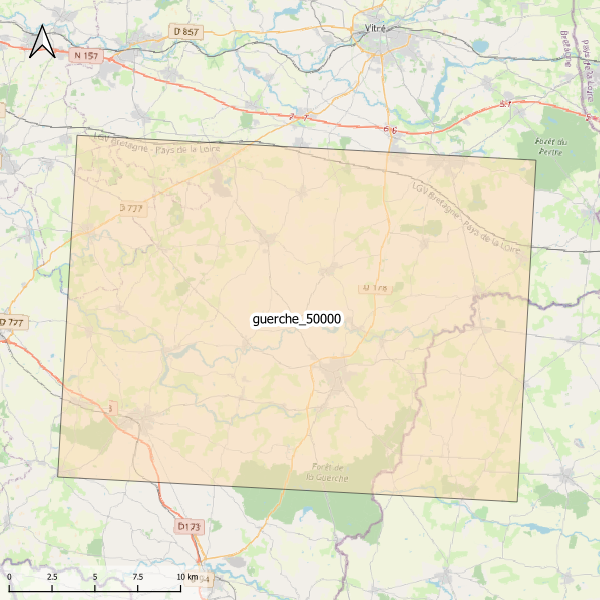
Emprise de la carte pédologique de Guerche au 1/50000. La donnée de base, au format image scannée, n'est pas publiée.
-
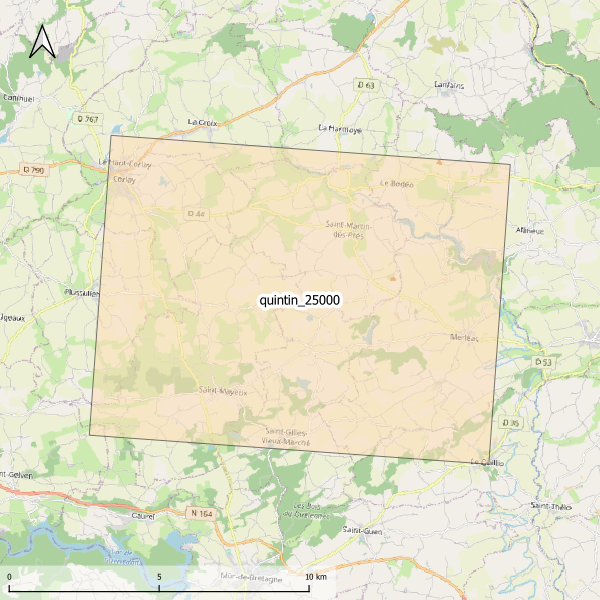
Emprise de la carte pédologique de Quintin au 1/25000. La donnée de base, au format vectoriel, n'est pas publiée.
-
La méthode consiste en un échantillonnage exhaustif de la végétation vasculaire au niveau de transects de 50 m de long, disposés sur les bordures de champs et au centre des parcelles (à 50 m du bord de la parcelle). Les relevés botaniques sont effectués dans des quadrats de 1 x 1 m, disposés tous les 5m le long de chaque transect. Le pourcentage de recouvrement de chaque espèce est estimé visuellement. La distinction est faite entre espèces de la strate herbacée, arbustive et arborée pour le transect en bordure. Les parcelles à échantillonner sont au nombre de 20, toutes en agriculture biologique. 10 parcelles sont en céréales pures et 10 parcelles sont cultivées en mélange céréales/légumineuses. L'échantillonnage a été conduit de juin à juillet 2018.
-

En partenariat avec l’ANR Reppaval, le Syndicat Mixte du bassin de la Sélune a débuté la mise en œuvre d’un observatoire photographique des paysages du bassin de la Sélune. Il s’agit d’un itinéraire photographique composé de points de vue répartis sur l’ensemble du territoire où des clichés seront repris régulièrement. L’objectif est de suivre les transformations du paysage sur le territoire, en particulier en lien avec l’opération de restauration de la Sélune. La couche donne la localisation des sites de l’itinéraire photographique directement concernés par les travaux de restauration de la Sélune : les lacs, les barrages.
-
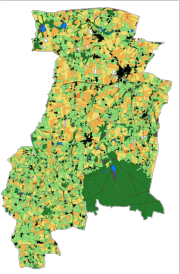
Occupation du sol du site de Pleine-Fougères en 1999 (Zone Atelier Armorique) réalisée à partir de la photointerprétation de vol ULM
-
Occupation du sol du site de Pleine-Fougères en 2018 (Zone Atelier Armorique) réalisée à partir de la photo-interprétation de données satellitaires Pléiades. Réalisation par sous-traitance KERMAP. Images satellites PLEIADES de l’année 2018 (50 cm) : ● Image acquise au 07 mai 2018 ● Image acquise au 23 juin 2018 ● Image acquise au 06 août 2018 Projection : RGF93 / Lambert-93 (EPSG 2154) Format : ESRI Shapefile. Echelle d’utilisation de la cartographie : 1/7 500e (pour l’année 2021 comme 2020) et 1/2 000e pour les autres millésimes). Unité Minimale de Cartographie : 2 500 m² (pour toutes évolutions observées en 2020) et 20 m2 (lors de l’étude des autres millésimes). Code OS 11 Route goudronnée 12 Chemin non goudronnée 13 Surface bâtie 14 Voie ferrée 15 Espaces associés au réseau routier ou ferroviaire 2 Eau 3 Bois 4 Friche 5 Sol nu 61 Prairie 62 Parc d’élevage (peu probable) 7 Maïs 8 Céréales 9 Autres cultures 700 Bande enherbée Nom du Champ Contenu Type Longueur OS_2018 Code de l’occupation du sol 2018 Nombre entier 10 LIB_2018 Libellé associé au code OS_2018 Texte 51 DOUTE Doute photo-interprète Texte 10 Commentair Commentaires photo-interprète Texte 250 AREA Surface en m² Numérique réel double 12 ; 6
-
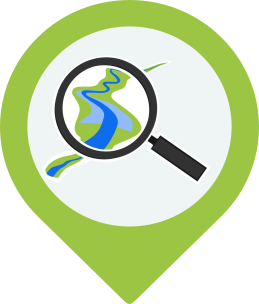
Les macrophytes sont un ensemble de plantes aquatiques. Elles se situent à la base de la chaine alimentaire et peuvent fournir un habitat à de nombreuses autres espèces. Dans le cadre de l'observatoire Sélune ont été disposées des stations pilotes le long du cours principal de la Sélune, réparties de l’amont à l’aval des barrages hydroélectriques. Trois stations se situent dans les anciennes retenues des barrages, les deux autres, dites de référence, sont hors zone d'influence des anciens barrages (l'une étant en aval et l'autre en amont). Dans ces stations, les biocénoses aquatiques (incluant macroinvertébrés benthiques, biofilms, macrophytes...) sont suivies. Les paramètres suivis sont la composition spécifique et le recouvrement, sur 8 stations du cours principal situées à l’amont, à l’aval et sur les zones néo-lotiques des communautés de macrophytes. La fréquence du suivi consiste en une campagne annuelle pour les stations hors retenues (S0, S1 et S5) et deux campagnes annuelles (printemps/automne) pour les stations néo-lotiques (S2, S3.4, S4.1 et S6). Le protocole mis en œuvre est le protocole d’échantillonnage des macrophytes et bryophytes suivant la norme NF T90-395 (octobre 2003) qui définit l’IBMR. Les taxa sont prélevés pour être identifiés en laboratoire. Cette couche donne la localisation des secteurs d'étude utilisés dans le suivi des macrophytes ainsi que les campagnes réalisées et la mésologie identifiée sur ces différentes campagne.
-

Le cours amont de la Sélune n'est pas accessible aux poissons migrateurs du fait des deux barrages hydroélectriques. Les lamproies sont bloquées à une quinzaine de kilomètres de la mer par le premier barrage infranchissable de la Roche qui boit. La méthode utilisée pour échantillonner les lamproies est celle mise au point par Lasne et al. (2010) permettant de prélever plus efficacement les individus de très petite taille que par pêche électrique. La méthode s’appuie sur l’utilisation d’un outil dérivé du filet de Surber, permettant de prélever les ammocètes de façon standardisée. Cette enceinte permet de réaliser des prélèvements ponctuels, à la manière des EPA. La réalisation d’un point de prélèvement se déroule en plusieurs étapes. Après avoir localisé un microhabitat favorable, une caisse est enfouie dans le substrat jusqu’à une profondeur d’environ 15 cm. L’opérateur prélève alors le substrat et le dépose dans le filet. La colonne d’eau dans la caisse est filtrée et les sédiments dans le filet déposés sur un tamis afin de récupérer toutes les ammocètes. Ces dernières sont mesurées et des prélèvements génétiques sont effectués lorsque leur taille le permet. Un total de 30 prélèvements maximum est effectué par station. Cette donnée comprend les abondances observées lors des échantillonnages de lamproies selon les années d'étude 2013, 2015, 2019 et 2021.
-

Occupation du sol du site de Pleine-Fougères en 2001 (Zone Atelier Armorique) réalisée à partir de la photointerprétation de vol ULM
-
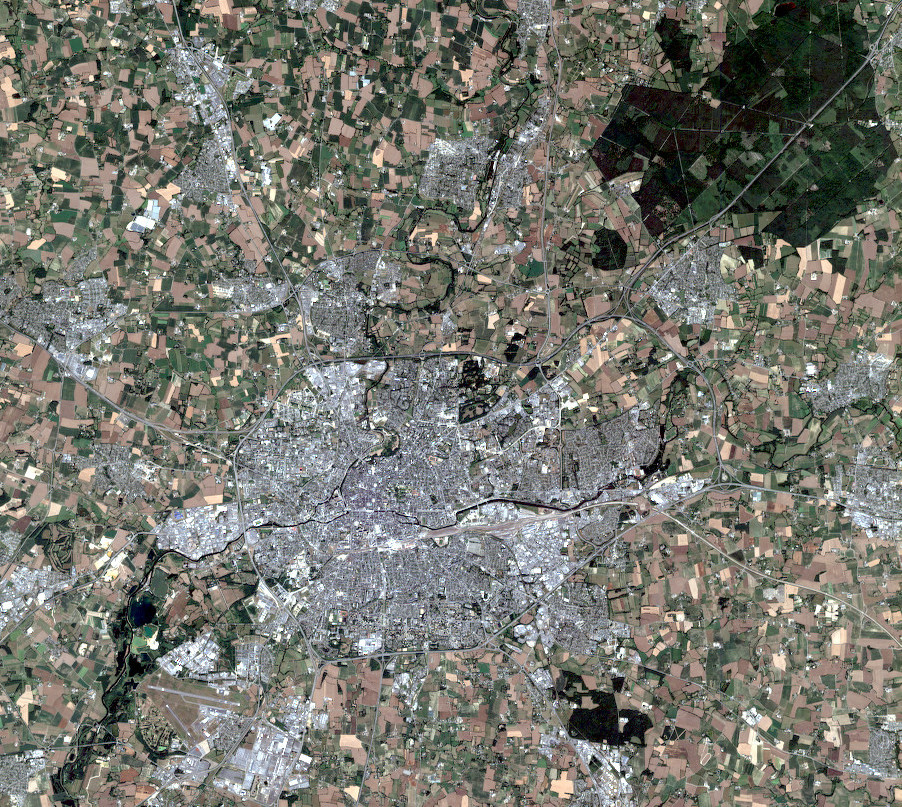
Image satellite Pléiades acquise dans le cadre du dispositif KALIDEOS Bretagne Acquisition le 07/07/2017 Le produit est protégé par des droits de diffusion. Il est disponible et téléchargeable sur le site suivant: https://bretagne.kalideos.fr/drupal/fr/mapshup_page Il est nécessaire de s'inscrire et avoir un compte pour télécharger les données KALIDEOS et il suffit de décrire son besoin (visualisation de données satellites récentes pour des applications en écologie par ex).
 OSURIS
OSURIS